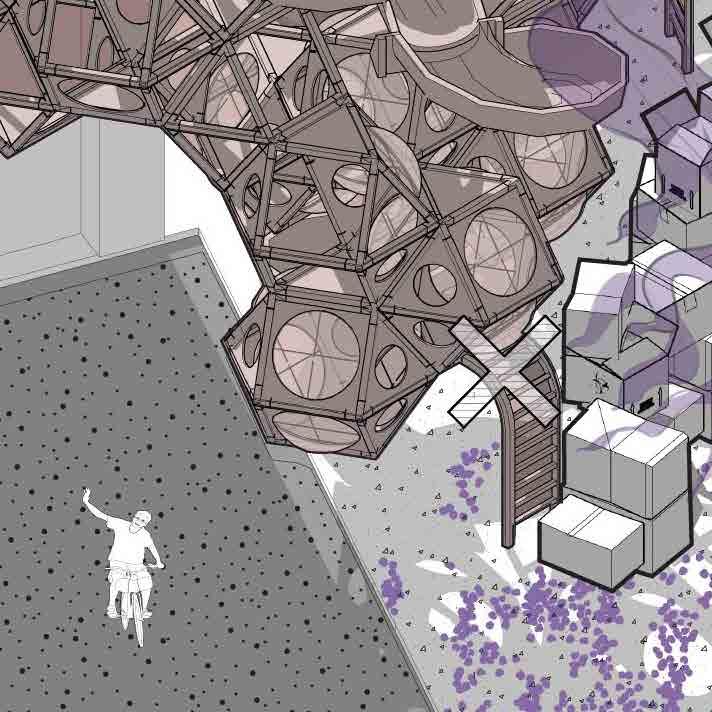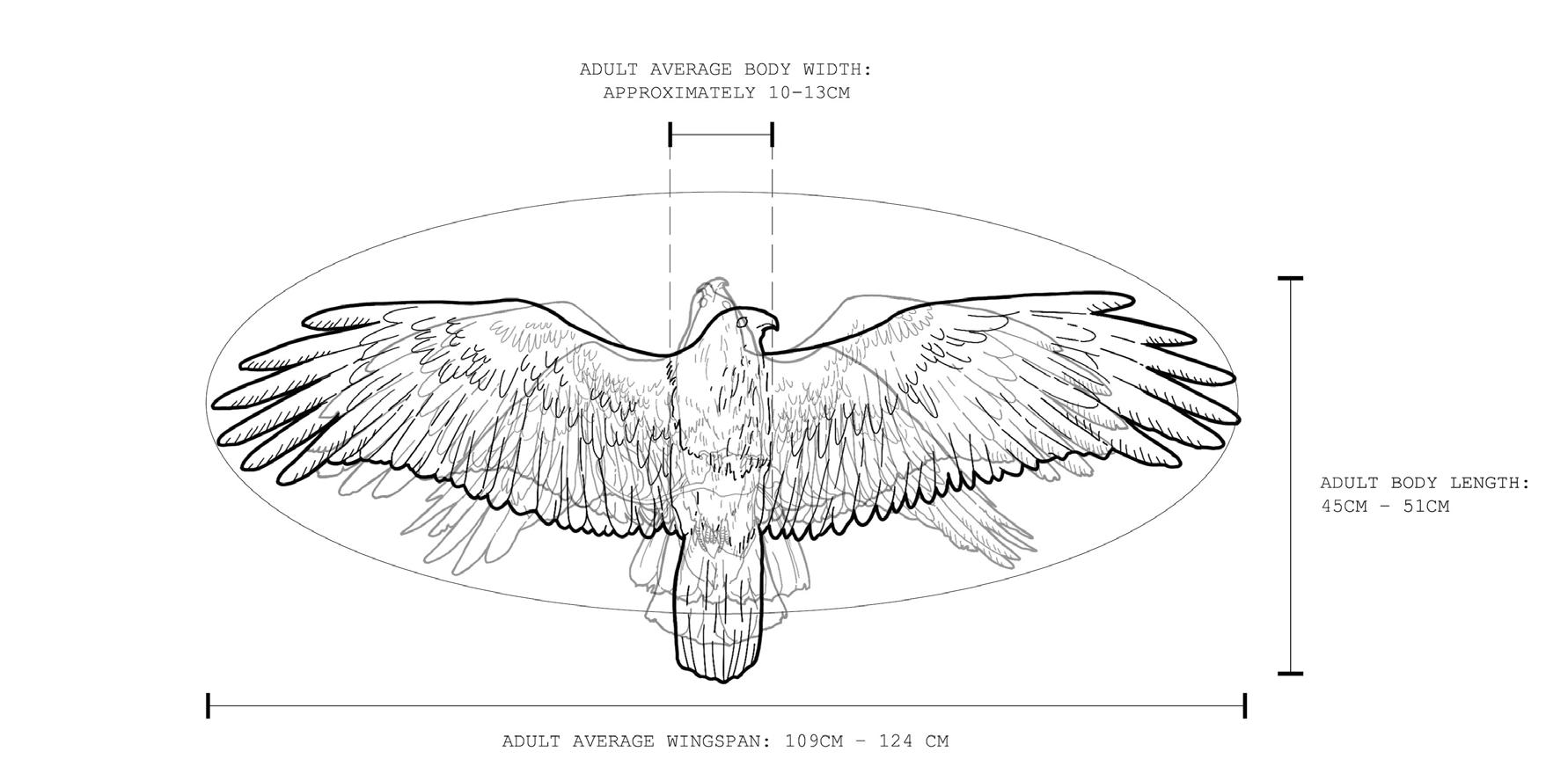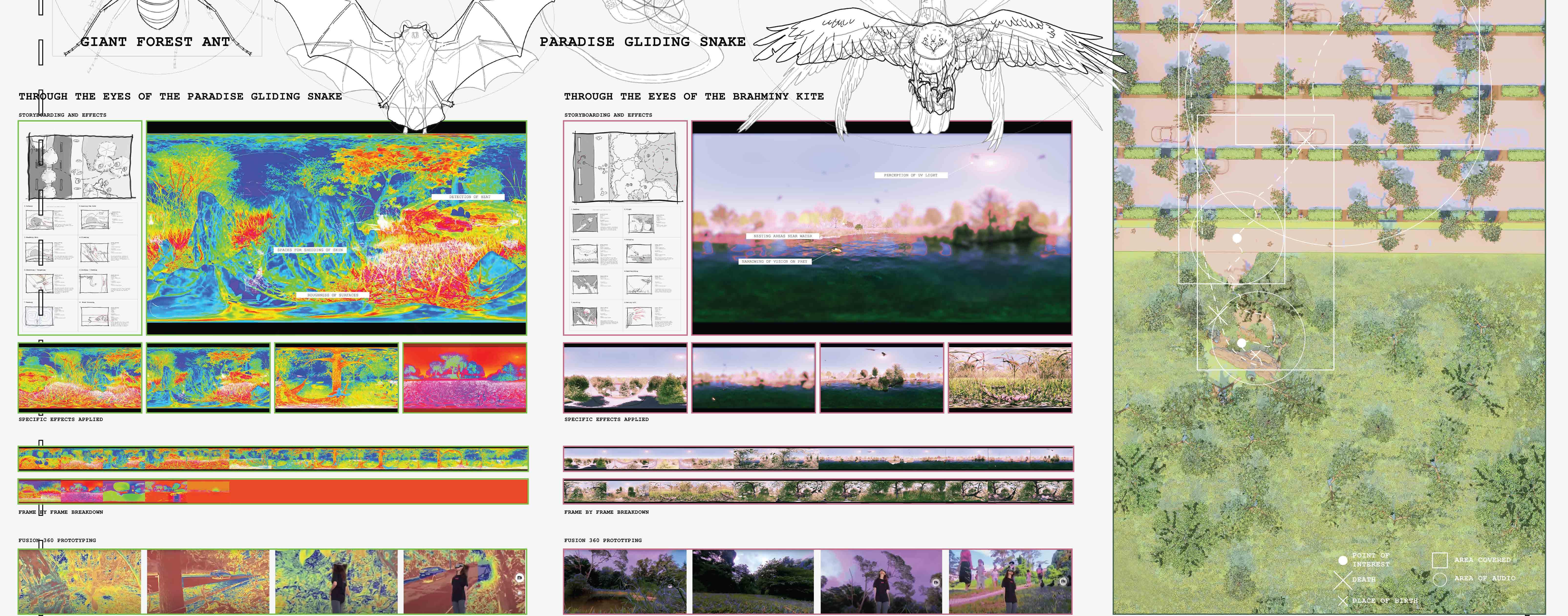P R T








GREENER ON THE OTHER SIDE
Year four Semester one Studio Leader: Dr. Simone Chung, assisted by Mary Ann Site: Southern Ridges, Singapore
IN COLLABORATION WITH TRACY TAI
Architecture as Media
The brief
Media, as defined by Hertz and Parikka (2015, 146), “is approached through the concrete artifacts, design solutions, and various technological layers that range from hardware to software processes, each of which in its own way participates in the circulation of time and memory.”
The studio’s ambition this semester is to go deep, in the sense that deep time media is adopted as the ontological framing to interrogate relationalities critically.
The project reimagines the design process as one that considers the well-being of the environment, beyond the conventional demographics of an architectural project, as a response to today’s conversation on environmentalism and an eco-centric perspective.
Architectural model making is often a representation of the design. The diorama, however, is the physical culmination of all our questions and answers; How exactly does the ground dip or rise? How tall are each grass patch and shrub sitting onsite? And most importantly, how can we stay sensitive and empathetic to our environment?

Understanding the Relationship between Man and Nature
In this section, we examined Singapore’s history with nature, and extrapolated the different features of this convoluted relationship.
A typical reaction to the presence of wildlife in our living environment is “Not in my backyard!” Wildlife encounters have been met with hostility. Singaporeans generally perceive their relationship with nature to be positive, but prefer to adopt a keep-at-arms-length’ approach. Humans are used to encroaching on the space of animals and Nature, but the reverse cannot be said to be true.
Common themes that permeates all aspects of the relationship that Singapore has with Nature are; The relationship is utilitarian. Humans see value in an aspect of nature, and seeks to covet/alter it to suit their needs and give them an advantage. Nature is always being reduced; to a singular idea, novelty or tool. It seems like humans cannot comprehend the entirety of Nature (it causes discomfort and unfamiliarity) and seek to reduce it.
A collection of news clippings and boundary studies that illustrates Singapore’s tumultuous relationship with nature.

Collection of animal and nature studies: Investigating anatomies, habitats, behavious and resulting spatial dimensions unique to each species.









PHASE III: Reinventing the Relationship between Man and Nature
This is done through the construction of habitats specially designed for each animal species we have studied, and demonstrating each animals’ role in the ecosystem. Having studied the the animals extensively, and extracted essential spatial dimensions needed to build man-made habitats for them, key findings and guiding dimensions govern these architectural interventions are what we are proposing. These interventions work as a system and are related to one another by

1. The selection of example species we have decided to take a deeper look into as they are part of a common food web.
2. A masterplan that roughly outlines the methods of gathering building material, distribution of building material sequence of construction.
Our plan intends to grow the building material used and distributes it to the various locations during the period of observation and construction. Our prototypes




